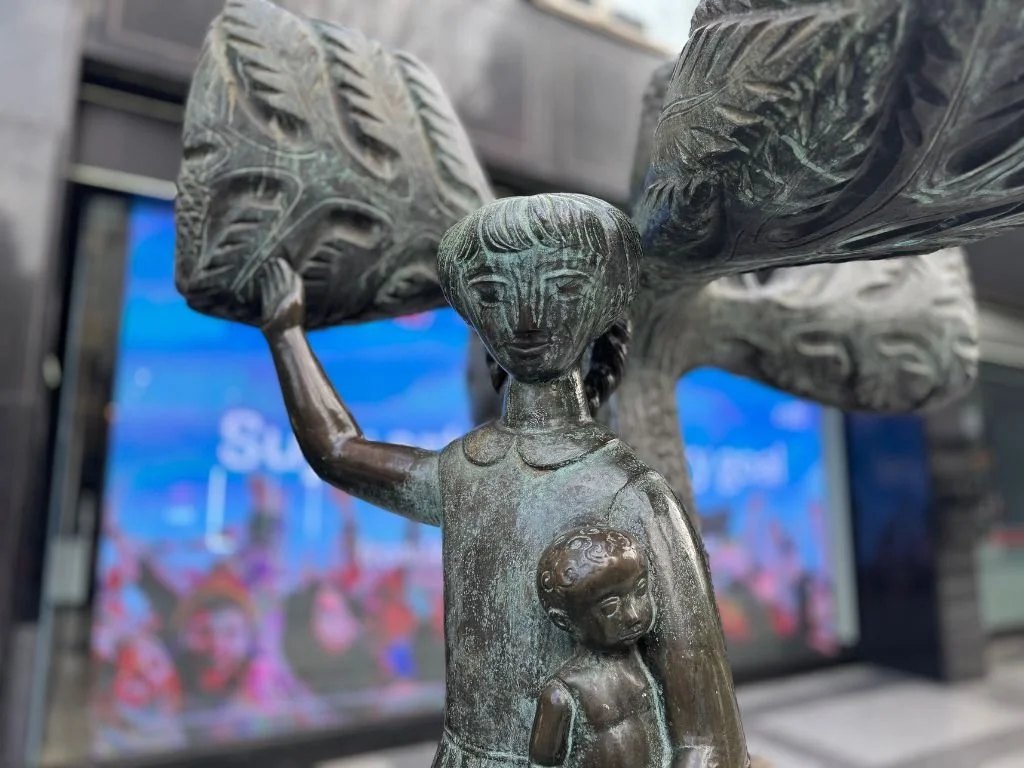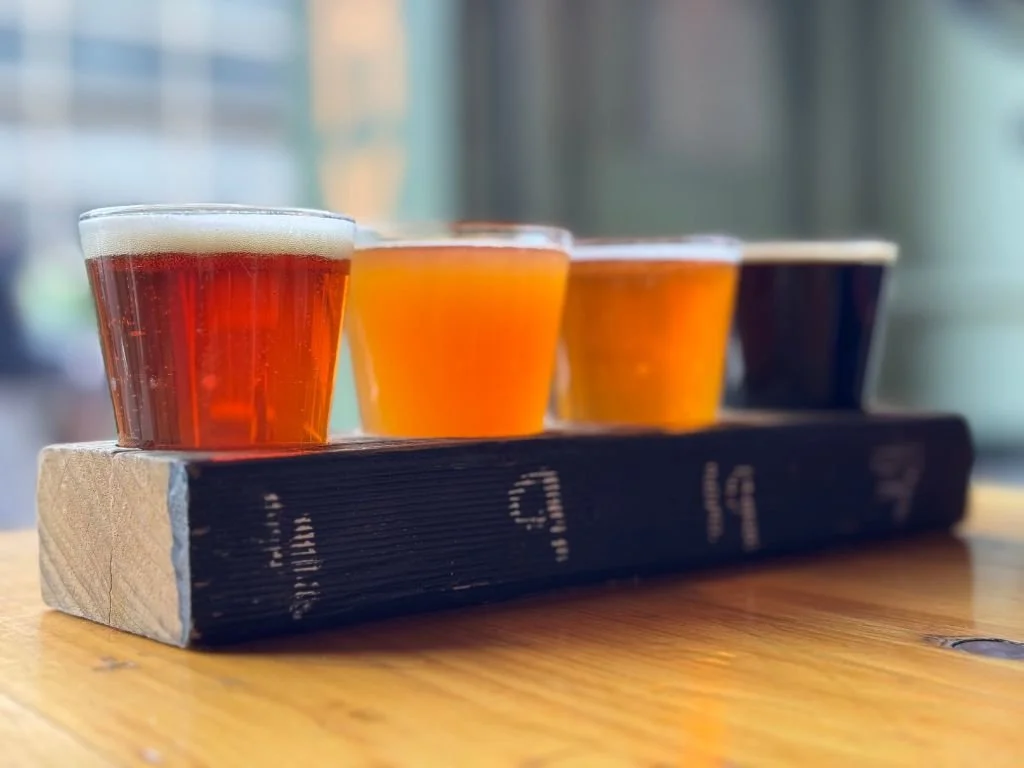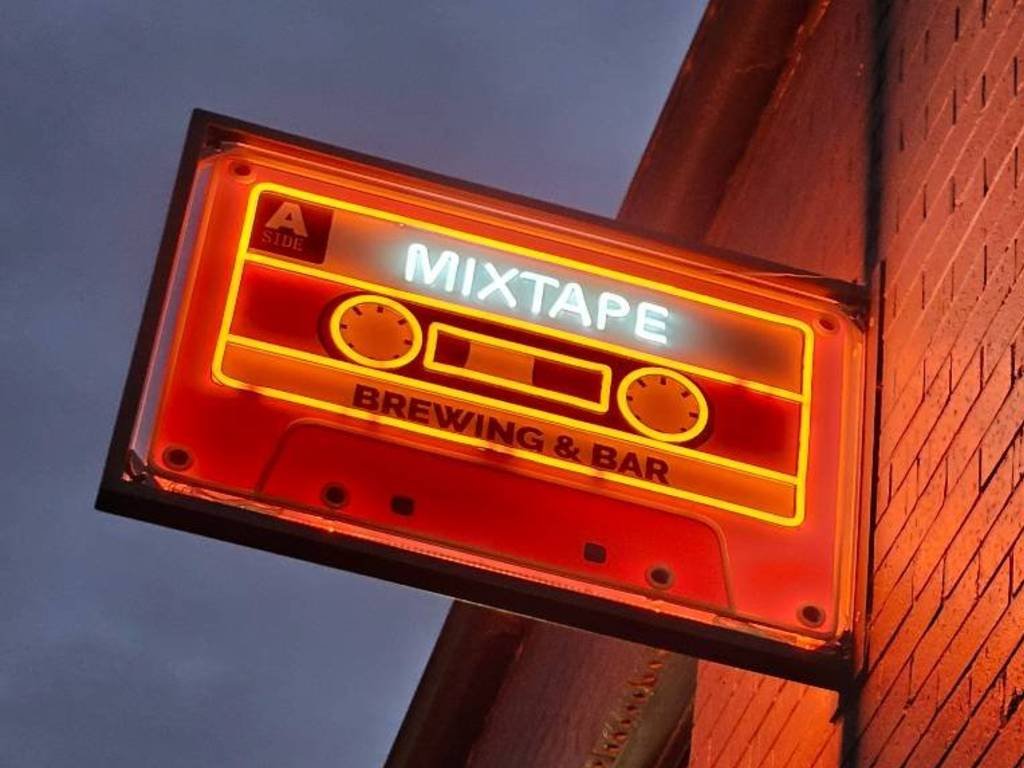A day on Maria Island
We went to Tasmania for two reasons: food and fuzzy wombats. Maria Island has one.
No, you can’t buy food on Maria Island.
It’s unsurprisingly rainy as we set out from Hobart to the Triabunna Wharf. Our destination is Maria Island, pronounced by the locals as ‘Mariah’ (as in Carey).
The drive from the city is just over an hour, taking us up to the south-east coast of Tasmania. It’s a scenic trip, punctuated by sporadic townships. Our soundtrack is our ever-evolving road trip playlist, one that always looks for a perfect balance between banger and bop.
Parking the rental car at the Triabunna marina, we get our Maria Island Ferry tickets and national parks passes on the spot. We pony up for the two month pass, a decision that will prove useful later in our trip when we hit Cradle Mountain.
From Triabunna, it’s only a short 30 minute boat ride out to the island. The cruddy weather makes the boat ride over open waters a bit choppy. We either have great sea legs, or it’s a good thing we took those Kwells in the morning.
Knowing that there are no shops on the island, we’ve packed snacks and lunch and plenty of water. There is a little shop on the boat. A cup of tea on this chilly morning doesn’t go astray.
Arriving on the Island
Stepping out onto the island, we’re immediately struck by the sensation of isolation. It has, at least since 1825, been used as a penal colony in the Darlington area, a centre of sealing and whaling, a cement factory, and farming.
First Nations peoples of the Tyreddeme band of the Oyster Bay tribe once journeyed to Maria Island (or wukaluwikiwayna in palawa kani) prior to European colonisation.
Exploring the remnants of the Darlington township, we immediately spot pademelons grazing everywhere. A short stroll later, and we spot our first wombat wobbling free. We are so busy getting snaps of the fuzzy boy that we almost miss the two kangaroos casually bounding across the landscape.
Due to the weather, several walking paths are closed off to us. As we come around the corner on one trail, the river is flowing at such a height and speed that crossing is a little beyond our skills. A group of cyclists finds the same, so we take an alternate path around the Reservoir Circuit. The cyclists are lovely, and we leapfrog them for the next hour or so, helping each other cross some of the trickier parts of the track.
Some of the walk is tougher than we expected due to the recent rain. The very muddy Reservoir trail ensures our brand new hiking boots lose their city sheen. It’s fair to say we didn’t leave anything on Maria Island but footprints, but a fair bit of Maria Island came back on the soles of our boots.
What to see on Maria Island
The reward on the other side is wombats. Everywhere. We’d been told to keep at least two metres away from all wildlife, which is damn near impossible given the sheer amount of it. These fuzzy friends will wander past, munching away, oblivious to their new stardom on social media. If Rottnest Island in Western Australia is owned by quokkas, then these furry fellows dominate Maria.
While the Fossil Cliffs are temporarily closed off, we still get to experience the many contradictions and epic beauty of the tiny island. Against the grey skies, everything looks imposing. Concrete silos loom over whale bones, and abandoned graves overlook a seemingly endless ocean. Dozens of kangaroos bound over an airstrip. It’s summer and we’re wearing stocking caps. We’re pretty sure we spot a ‘roo contemplating existence at the cliff’s edge. (Looking forward to their blog).
The trip back feels shorter, but everything feels a little smaller after a day on Maria. What’s most striking is that we only saw a small faction of the island, one that can be camped, hiked, and explored for days. (The Haunted Bay Walk is seven hours in one direction, for example).
So, make sure that Maria Island is on your next Tassie itinerary – and maybe the one after that.












